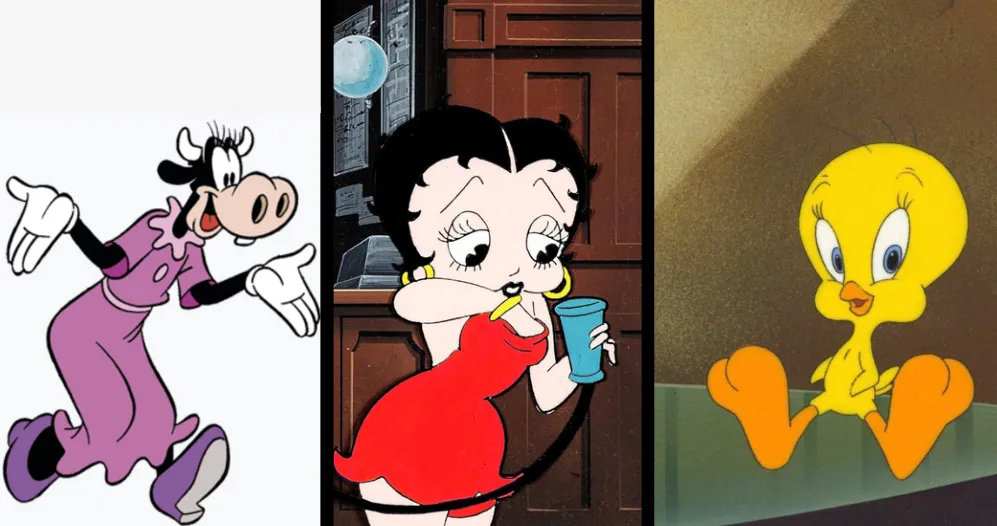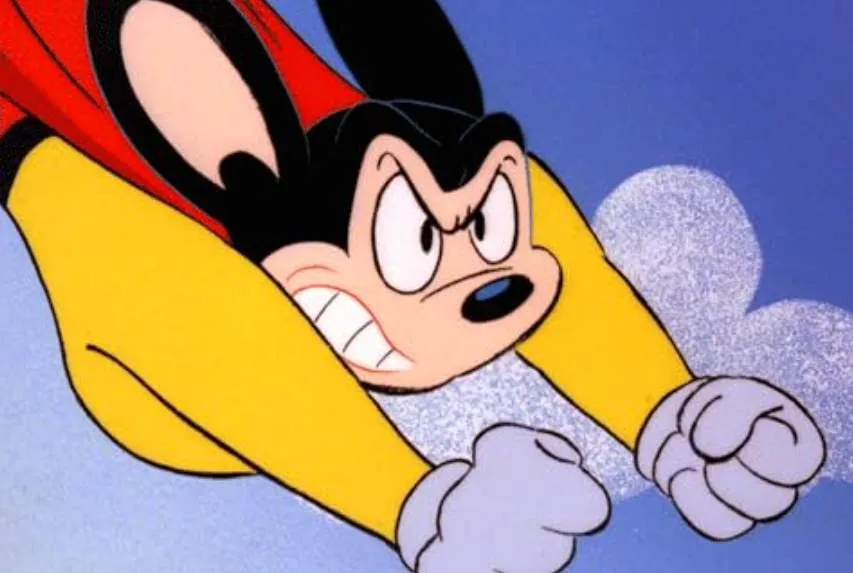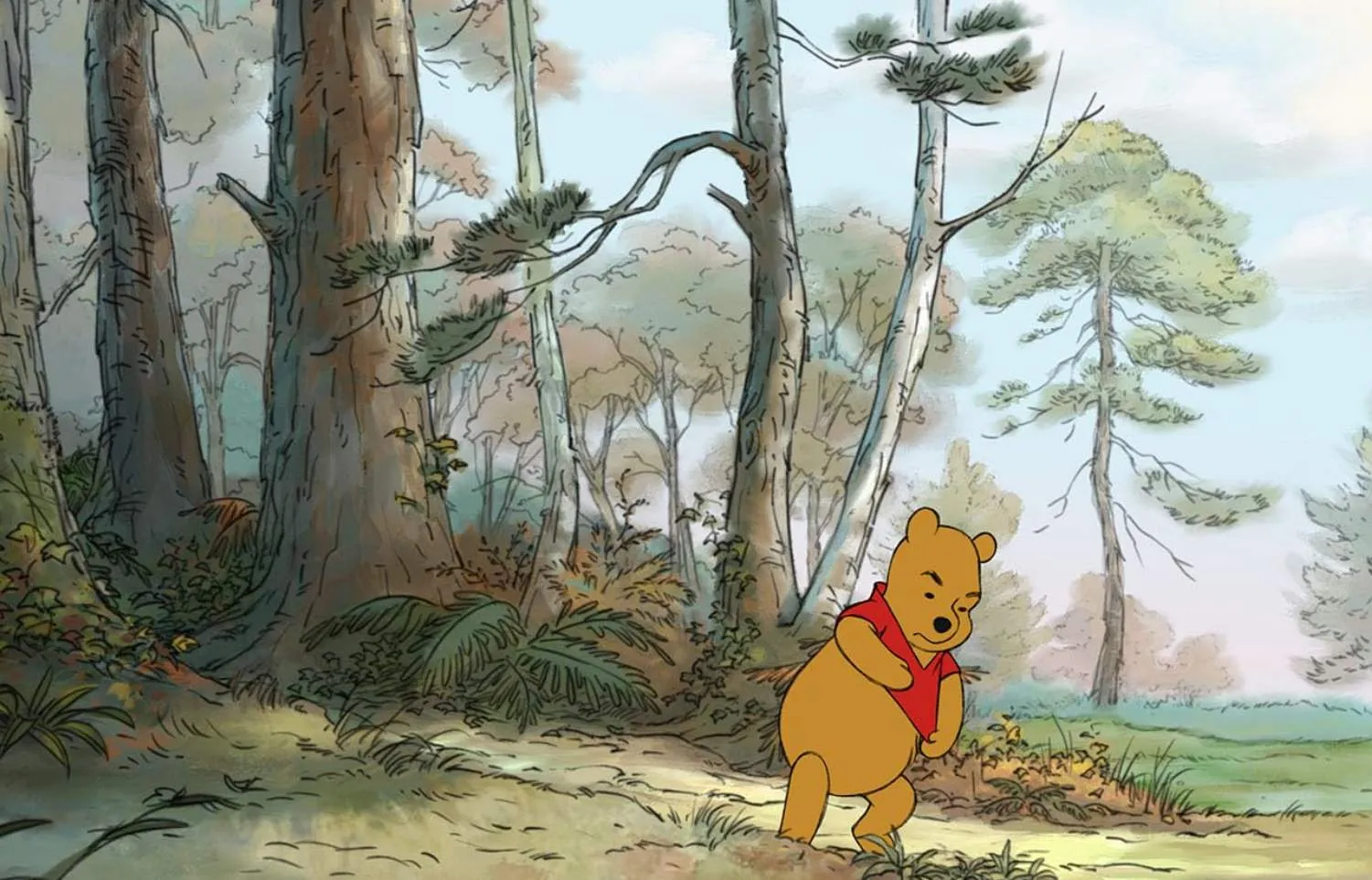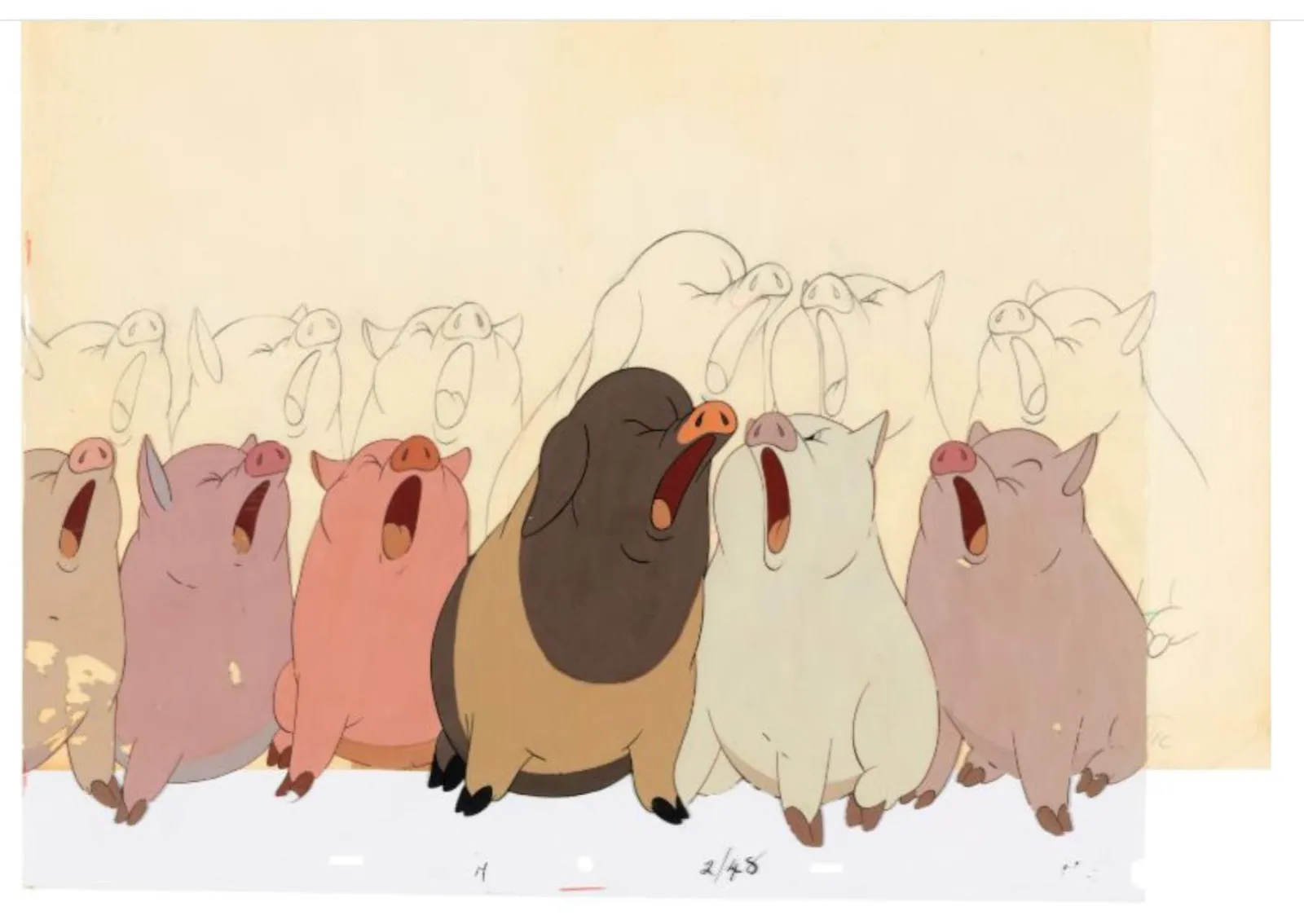Forbidden Animation: Secrets of Animation Censorship
US censors have controlled animation with a heavy hand for a century, ordering Betty Boop to lengthen her hemline, forcing Disney to cover cow udders with dresses, and ensuring Tweety Bird is painted bright yellow instead of the original shade of nude pink.

The Simpsons
The Simpsons are targeted internationally with episodes banned in Brazil, Japan, and even the UK. A show called The Cartridge Family shows Springfield's NRA to be somewhat responsible gun owners but Britain’s Channel 4 altered the ending so the show leans more toward a critique of guns.
Germany banned The Simpsons’ Cape Feare - a satire on Martin Scorsese's Cape Fear - for years. It wasn’t the threat of violence against Bart, a child, that bothered the Germans so much as the use of an SS uniform on an announcer introducing McBain’s movie.
The censorship has become so intense, The Simpsons even satirizes it. In one episode, Marge campaigns to neuter the ultra-violent Itchy & Scratchy children’s show but she goes so far Springfield’s children stop watching TV. Marge then reflects on Michelangelo's sculpture David and decides both David and Itchy & Scratchy are free forms of expression.

Animation & Morality
The Simpsons aren’t singled out. In 1988, Mighty Mouse was attacked by Rev. Donald Wildmon, head of the American Family Association, who accused the superhero mouse of inhaling cocaine. CBS said the mouse was inhaling flower petals, but agreed to cut the scene weeks later when the controversy refused to die down.
Even honey-loving Winnie-the-Pooh was at the center of controversy when bloggers posted memes comparing Pooh to the Chinese president. Pooh became such a symbol of resistance that Chinese censors banned the release of Christopher Robin, a 2018 film adaptation of AA Milne’s story, according to the Hollywood Reporter.

"The brand new social experience where you activate your gaming skills as you train like a spy."
- TimeOut
Take on thrilling, high-energy espionage challenges across different game zones.

Censors & Spies
Forbidden animation and censorship can be traced back to the turn of the 20th century. When movies emerged, so did censors anxious to cut sex and violence. Chicago pioneered movie censorship in 1907, followed by local boards. The National Board of Censorship emerged in 1909, advocating federal regulation and the Supreme Court's 1915 ruling allowed state and local censorship.
By the 1930s, the Motion Picture Production Code was established, outlining moral standards for films although there were efforts to liberalize the code, including those led by Jack Valenti, former adviser to President Johnson and longtime president of the Motion Picture Association of America.
The White House, Hollywood, and US spy agencies have enjoyed a long and often cozy relationship. Ronald Reagan, an FBI informant and president of the Screen Actors Guild, was elected US president in the ‘80s. Decades earlier, CIA director Richard Helms asked Valenti if the studios could adapt CIA officer Howard Hunt’s spy novels into movies. Helms’ idea was to create an American 007 to burnish the CIA’s image. Nothing came out of it though, presumably because Hunt’s books are puerile.

The CIA goes to Hollywood
The CIA did, however, secretly fund the animated movie Animal Farm (1954), a backdoor form of censorship in that the Agency changed the ending of George Orwell’s book to promote the CIA’s anti-communist view. In Orwell’s allegory, the animals eventually realize the pigs in charge are just as cruel and oppressive as human farmers. But in the movie, the animals rebel against the pigs, suggesting revolt against totalitarian regimes is possible and justifiable.
The CIA and FBI continue to influence Hollywood movies and animation even today, collaborating with filmmakers and studios or providing ‘technical advice’ to ensure their agency is depicted in a positive light. Zero Dark Thirty (2012), about the hunt for Osama bin Laden, had CIA input as did Argo (2012), and the television series The Recruit (2022).
Red Scare
Censorship in animation goes beyond spies and secrets; pressure groups and wealthy individuals also exert their values and morals on the industry and governments.

Producer Walt Disney took out an ad in Variety in 1941 warning that communist agitation was behind a cartoonists and animators' strike. The next year, the Motion Picture Alliance for the Preservation of American Ideals (MPA), co-founded by Disney, advised producers to avoid ‘subtle communistic touches’ in films such as, "Don't smear the free-enterprise system ... Don't smear wealth… Don't glorify the collective.”
In the 1950s, animators were even blacklisted for communist sympathies or union activities during the Red Scare hysteria over the perceived threat posed by communists in the US during the Cold War era.
"The most degrading form of censorship occurred in the 1950s when individuals were prevented from working in the animation industry and other areas of film production because of political beliefs they might have held,” Karl F. Cohen writes in Forbidden Animation. “These men and women were blacklisted because they were believed to have once been sympathetic to or held membership in the communist party."
Some of the animators blacklisted were never charged with a crime. Others had served in the US military and found themselves unemployed.
Cohen said: “The difference is that while Betty Boop's garter and Mighty Mouse's inhalations can be rescued from obscurity by persevering fans, the work that might have been is lost to us forever."
SPYSCAPE+

Join now to get True Spies episodes early and ad-free every week, plus subscriber-only Debriefs and Q&As to bring you closer to your favorite spies and stories from the show. You’ll also get our exclusive series The Razumov Files and The Great James Bond Car Robbery!


Gadgets & Gifts
Explore a world of secrets together. Navigate through interactive exhibits and missions to discover your spy roles.
Your Spy Skills
We all have valuable spy skills - your mission is to discover yours. See if you have what it takes to be a secret agent, with our authentic spy skills evaluation* developed by a former Head of Training at British Intelligence. It's FREE so share & compare with friends now!
* Find more information about the scientific methods behind the evaluation here.


Stay Connected
Follow us for the latest
TIKTOK
INSTAGRAM
X
FACEBOOK
YOUTUBE